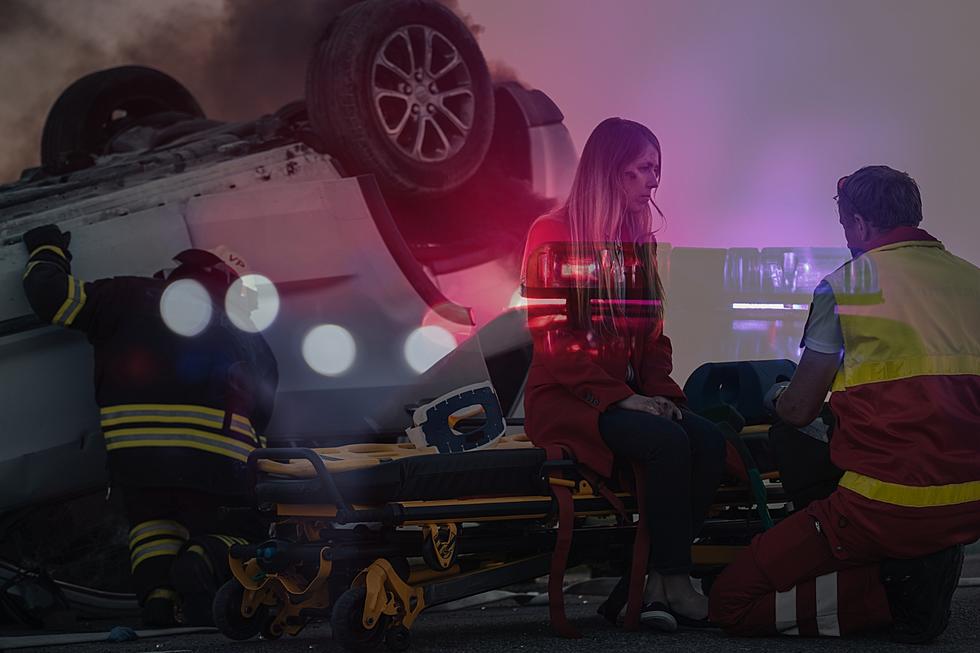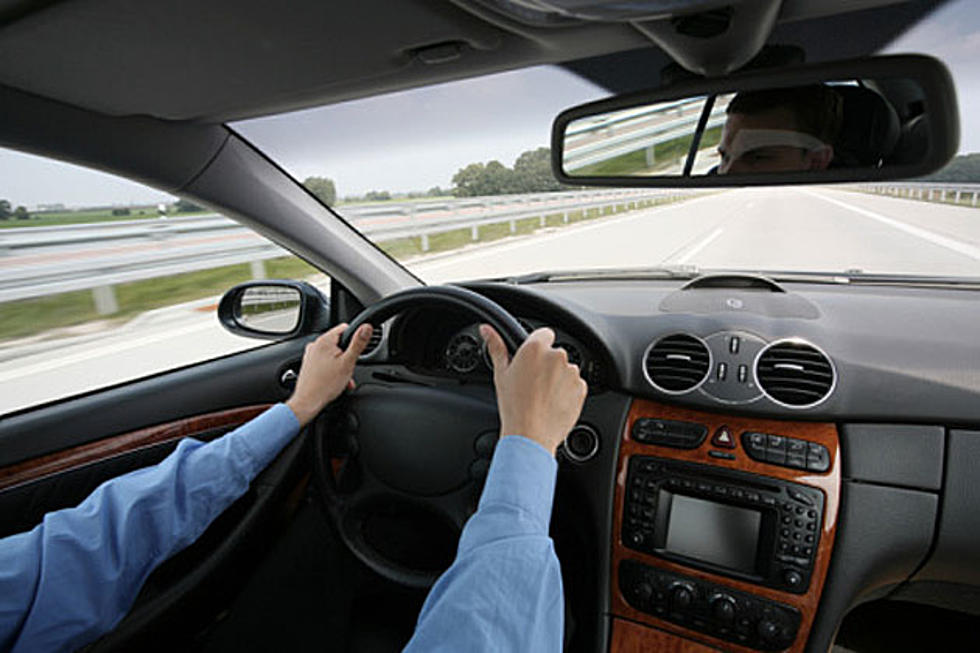
Idahoans Hate It But Drivers Waiting Last Minute To Merge Is ‘Best’
It's called the zipper method, and yes, we all hate it. The worst part about it is that it is recommended by transportation professionals. Apparently, it makes traffic flow better. I also think it increases road rage 10-fold.
This is called the "Zipper Method" and many transportation professionals agree that it is the most efficient way to merge two lanes into one due to construction or, whatever. According to research, varying degrees of speed between the two lanes makes it easier and faster to get traffic through.
With that being said, it has to be one of the most infuriating things on the road. It has been embedded into us as children that you do not cut the line! We both saw that construction sign two miles ago that said "Right Lane Closed" ahead and you decided to drive 80 miles per hour to get in front of as many people as possible, until the last second, and cut over. I don't know why we hate it so much but it is so frustrating.
It is also not productive for people to refuse to let those "zipper merging" in. It can cause more backup in traffic and long lines. But again, that being said, I am guilty of riding the bumper of the car in front of me to make sure you have to wait an extra few minutes to get into the proper lane! Yes, I am part of the problem and I should be mature enough to know better. I am working on it.
In conclusion: technically, the zipper merge method is what transportation professionals suggest. However, Idahoans hate it, I think everyone hates it. But we need to be safe and mature. Cutsies are apparently allowed in traffic.
LOOK: See how much gasoline cost the year you started driving
See the Must-Drive Roads in Every State
More From Kool 96.5









